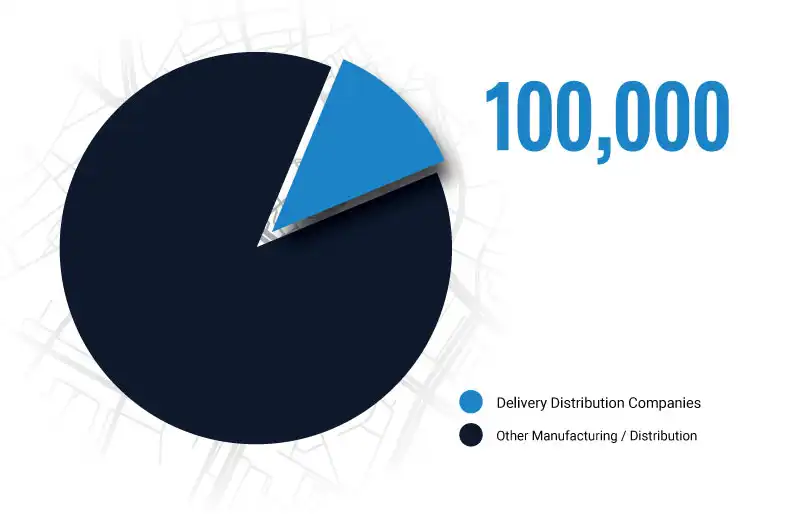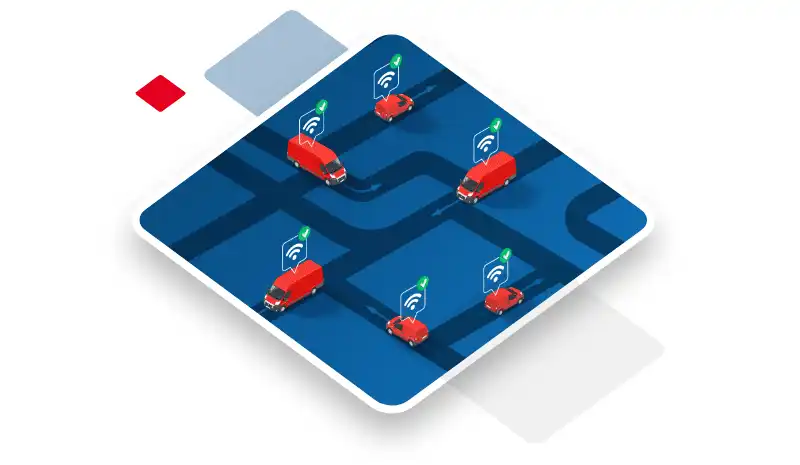Delivery Distribution
An under-served business model in search of digital transformation
Delivery Distribution Models

Route Delivery
Route Delivery is the model where distribution companies complete ad-hoc delivery to their customers of pre-existing orders.
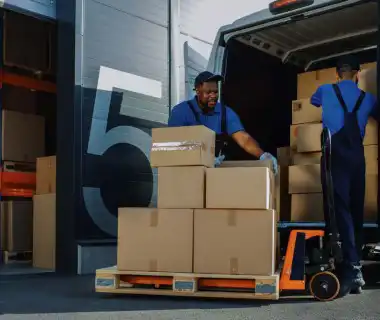
Direct Store Delivery (DSD)
DSD is the model followed by businesses that typically supply grocery and convenience stores. DSD driver responsibilities may include selling, marketing, and merchandizing.

Route & Van Sales
Under this model, vehicles are loaded with expected daily demand, and customers are sold and serviced, usually following pre-established stop orders.
Hybrid: Many companies utilize a hybrid method, loading vehicles with a mix of pre-sold orders and well as extra stock to make additional sales along the route.
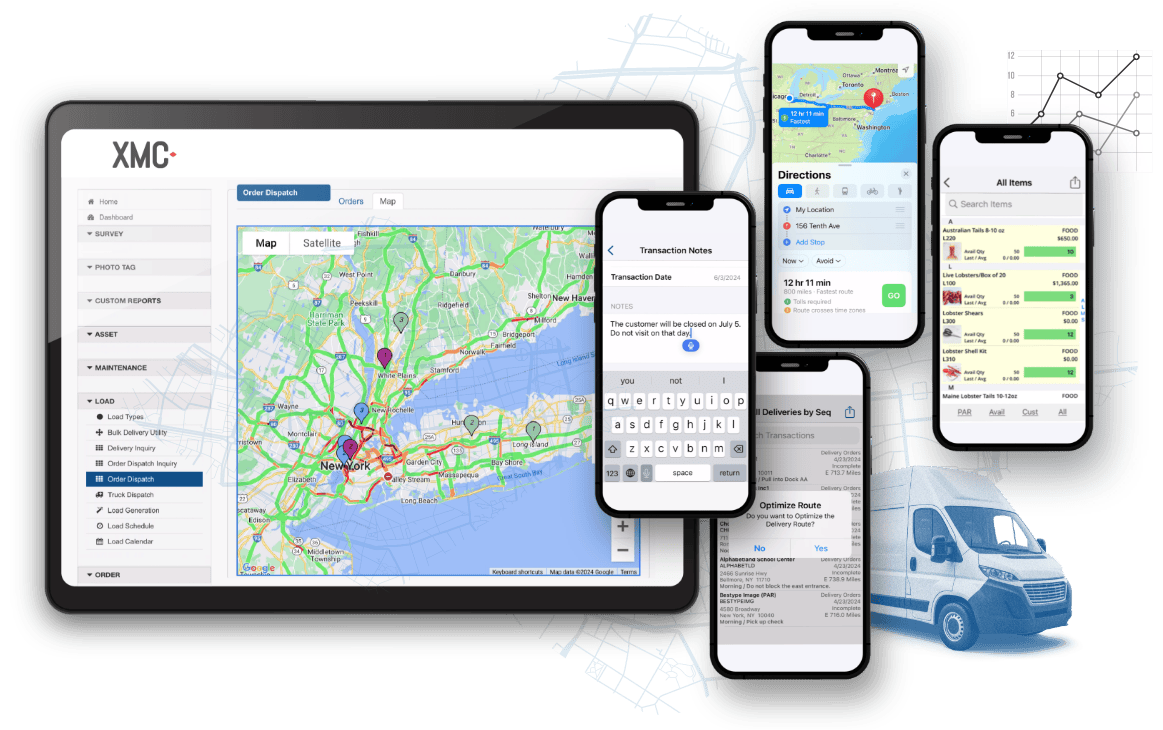
What XMC Offers Delivery Distributors
XMC – xkzero Mobile Commerce is a technology solution like no other. It is a comprehensive Delivery Distribution platform connecting mobile route delivery and sales processes easier with your entire team. XMC enables sales, produces far better delivery outcomes, and eliminates tons of administrative burden and cost. That is the promise of XMC.
ERP Data and Process Integration
Master Data Management and Planning Processes establish the foundation on which the activities and transactions of the Delivery Distribution business are based. Master data rules and standardized planning processes must be in place to allow accuracy and sustainability of commercial transactions, warehousing and logistics activities, and financial processing.
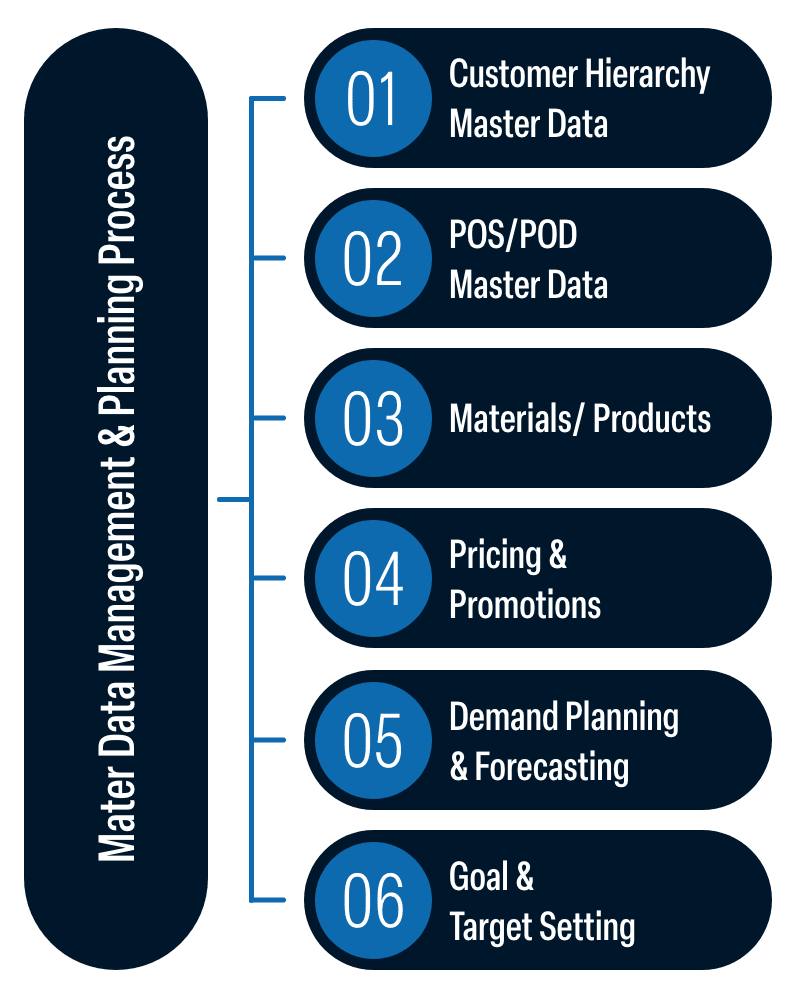
Master Data
The key Master Data components identified are:
- Customer Hierarchy and Point of Sale (POS)/ Point of Delivery (POD) Master Data
- Material and Products Master Data
- Pricing and Promotions Master Data
- Other Master Data: Routes, Trucks, Users, Warehouse
Master data should provide rules for allowable transactions and activities processing depending on the business scenario. For example, certain promotions should only be available to specific customers in specific geographical regions, or only certain user roles should be allowed to approve financial transactions over certain dollar amounts. The business must establish these rules and controls around each master data type and attribute. Establishing and maintaining these controls helps ensure accuracy and consistency of transactions and activities across the business.
Let's Get Started
Our industry experts are ready to help accelerate your business forward and keep your customers happy. We're excited to partner with you on this journey!
